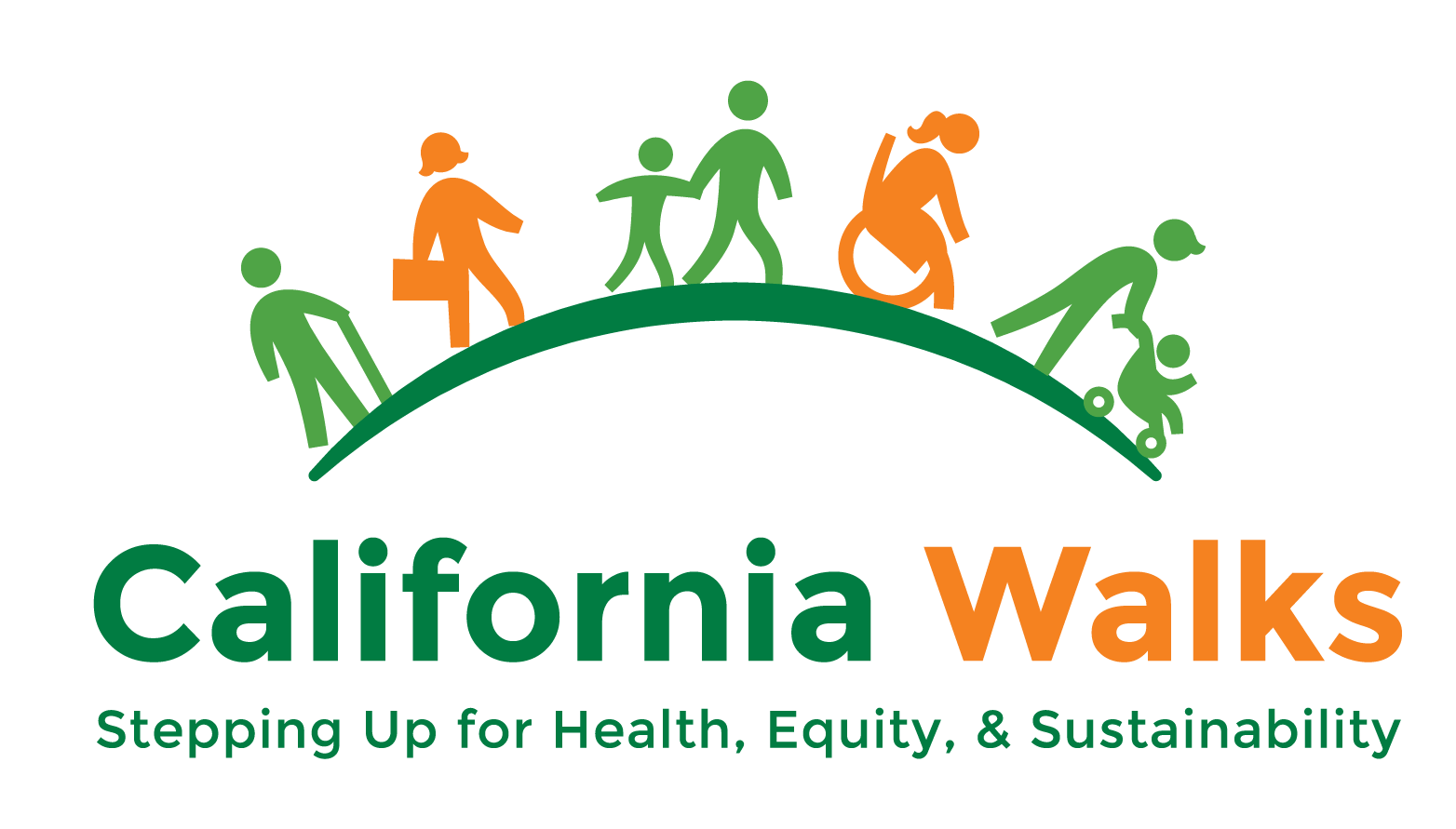Q & A with Andres Ramirez: Reparations in City and Urban Planning
Equity has become a buzz word in city and urban planning. But what exactly does it mean and look like beyond symbolic gestures and haphazard community engagement?
At our Emerging Transportation Technology Roundtable: Innovation is Inevitable. Justice is Not in Los Angeles, we talked about how the existing ways in which the active transportation field approaches equity doesn’t get to the root of many of the problems we’re trying to solve.
At the convening, Andres Ramirez from Pacoima Beautiful and People for Mobility Justice made the case for making community reparations a mandatory and central factor in our work towards equity. We wanted to keep the conversation going and share it with our partners, so that we can continue to make the case for reparations in our work with the cities, counties, and agencies we partner with. You can read the interview below.
What are reparations in city and urban planning?
There is a racist history to city planning that goes back to the original development of city centers like LA. With policies like redlining, housing covenants, and ultimately underdevelopment and disinvestment, communities of color have suffered the consequences. As cities look to modernize their planning, there is an opportunity to “make things right” or, in other words, provide reparations in planning. By reparations, I mean a conscious effort to prioritize communities when investing in pedestrian, biking, and public transit infrastructure. The safer word that is now more commonly used is Equity. However, I feel like the word Equity has been co-opted by affluent communities to mean equal distribution of resources geographically, which misses the entire point of Equity.
How do reparations in city and urban planning center pedestrians and bicyclists?
Even though communities of color have the least amount of infrastructure, the highest concentration of pedestrians and bicyclists are in these communities. As a result, the highest levels of bike and pedestrian collisions and deaths occur in these communities. These communities also have the least amount of resources and capacity to write competitive grant proposals to access infrastructure grants to address these issues. Thus, these communities continue to stay behind.
How do reparations in city and urban planning center low-income people and Black Indigenous People of Color?
Low income and BIPOC communities have been disinvested for decades. Reparations mean prioritizing these communities specifically. It should be logical to identify the streets that have been ignored, but the reality is that these communities fall between the cracks year in and year out. If planners are serious about modernizing cities’ infrastructure, then that means balancing historical wrongs first and foremost.
How and where have you applied this in your work?
The best example I can think of occurred in 2015. I was part of a team piloting traffic-calming measures in one of the most dangerous intersections in the City of Los Angeles, Florence Avenue and Crenshaw Boulevard in South LA. Our project, Street Beats, surveyed pedestrians, bicyclists, and bus riders to identify the most dangerous aspect of the intersection and found that most collisions occurred due to pedestrians rushing to catch their bus from one street to another on opposite corners. So, we decided to install a temporary scramble crosswalk. At first, we received a lot of skepticism due to the width of both streets. We addressed the concerns by removing a lane on each corner and installing bulb-outs. We had great success with the scramble on our Pilot Day with hundreds of community members coming to try the pedestrian scramble. We were able to show how innovation can occur in a community like South LA. The City has consequently invested in better infrastructure in the area, improving the collision rate.
-End of Interview-
The Case for Reparations
We know that pedestrian and bicyclist fatalities have increased, and that many of these injuries and fatalities occur in low-income, Black, Indigenous, and People of Color (BIPOC) communities. The current lack of walking and biking safety infrastructure in these communities is a direct consequence of the historical policies that neglected their growth. With a clear reparations approach, we can demand transportation planners and engineers intentionally repair that harm.
“Never Forget Justice is What Love Looks Like in Public” -Dr. Cornel West
I carry Dr. Cornel West’s words with me daily, especially when I think about our work’s purpose, to end all traffic violence. All people are inherently valuable. Lives can be saved by repairing past harms and preventing future harms. We need to commit now to the most just and loving action: to repair past harms by prioritizing funding, time, and energy to communities who bear the brunt of historical inequities in city and urban planning.
